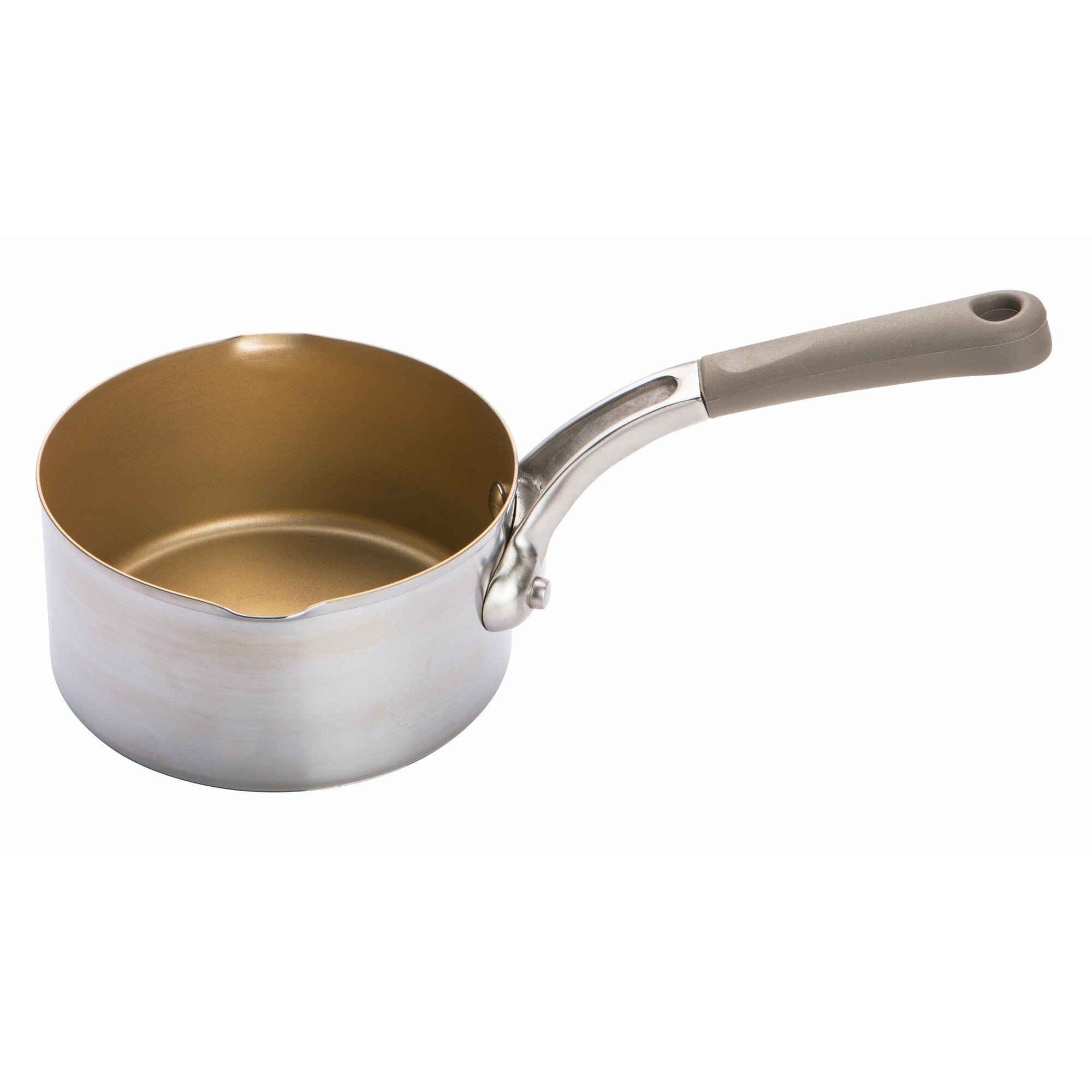
One of the biggest differences between the pans I tested was the weight.

Speaking of which… Frying pan weight is critical I'd contend it's probably not worth the extra cost to go beyond five-ply which, incidentally, also makes for slower heating and a heavier pan. In truth, the difference in performance results is likely to be negligible and even unnoticeable to the majority of home cooks, myself included. The claim is that more layers of conductive material mean more even heat conduction and distribution. The better producers, including All-Clad and Made In, can make cookware with as many as five or even seven layers. The amount of layers of steel and aluminum also varies from pan to pan. All-Clad 3-ply, 5-ply or 7-ply: Are more layers better? On the right is a five-ply construction with an extra layer both of aluminum and stainless steel. Pictured left is All-Clad's fully-clad three-ply cookware.
BEST NON STICK STAINLESS STEEL COOKWARE PROFESSIONAL
Fully clad has become a standard for professional chefs, but an amateur or even novice home cook may not notice the difference.

This often results in faster and more even heat distribution throughout the entire pan. Fully clad frying pans have all three layers (sometimes more) of metal running to the top of the sides and not just around the bottom or base. While just about any skillet you find online or in the store will have the above breakdown - two layers of steel surrounding a conductive metal - not all of them are fully clad. What is fully clad cookware and do you need it? Stainless steel is easy to care for, although it's very much not nonstick, so there will occasionally be left-on food that requires some elbow grease to remove. Stainless steel is also a clean and noncorrosive metal so it'll last longer than those inner layers would and it won't leech unwanted flavors onto food. The middle layer or layers helps the pan heat faster and retain that heat while the more durable stainless steel shell can take a beating from the heat below and cooking utensils above. Most stainless steel frying pans are made by sandwiching a highly conductive metal such as aluminum or copper in between layers of stainless steel. If you find one or two you really love and learn to use them, it'll mean more consistency and better overall results whenever you find yourself working through a recipe. The beauty of well-made stainless cookware is that it's relatively light and durable, and it's easy to control the heat, from a low simmering sauce to a seared steak or a piece of bone-in chicken. Poke your head into any top restaurant kitchen and you're bound to see the flash of stainless steel before anything else. A good stainless steel frying pan can do just about any sizzle or sauté job you ask of it. Why stainless steel frying pans are king of the kitchenĪs much as we all love cast iron for searing steaks and nonstick cookware for bailing us out of sticky situations - omelets, pancakes - there isn't a more versatile piece of stovetop cookware than the stainless steel skillet.

That said, it's not cheap - $200 for a 10-inch - and it distributes more unevenly than its aluminum-core counterparts. The Tuxton home three-ply pan can be had for under $40 and will definitely get the job done.Īll-Clad Graphite Core: This All-Clad skillet has a light graphite core, so it might be a good pick for someone who struggles to wield a standard frying pan. Tuxton Home: I don't have much bad to say about this budget-friendly skillet, but it was a little harder to clean than some of the others.


 0 kommentar(er)
0 kommentar(er)
